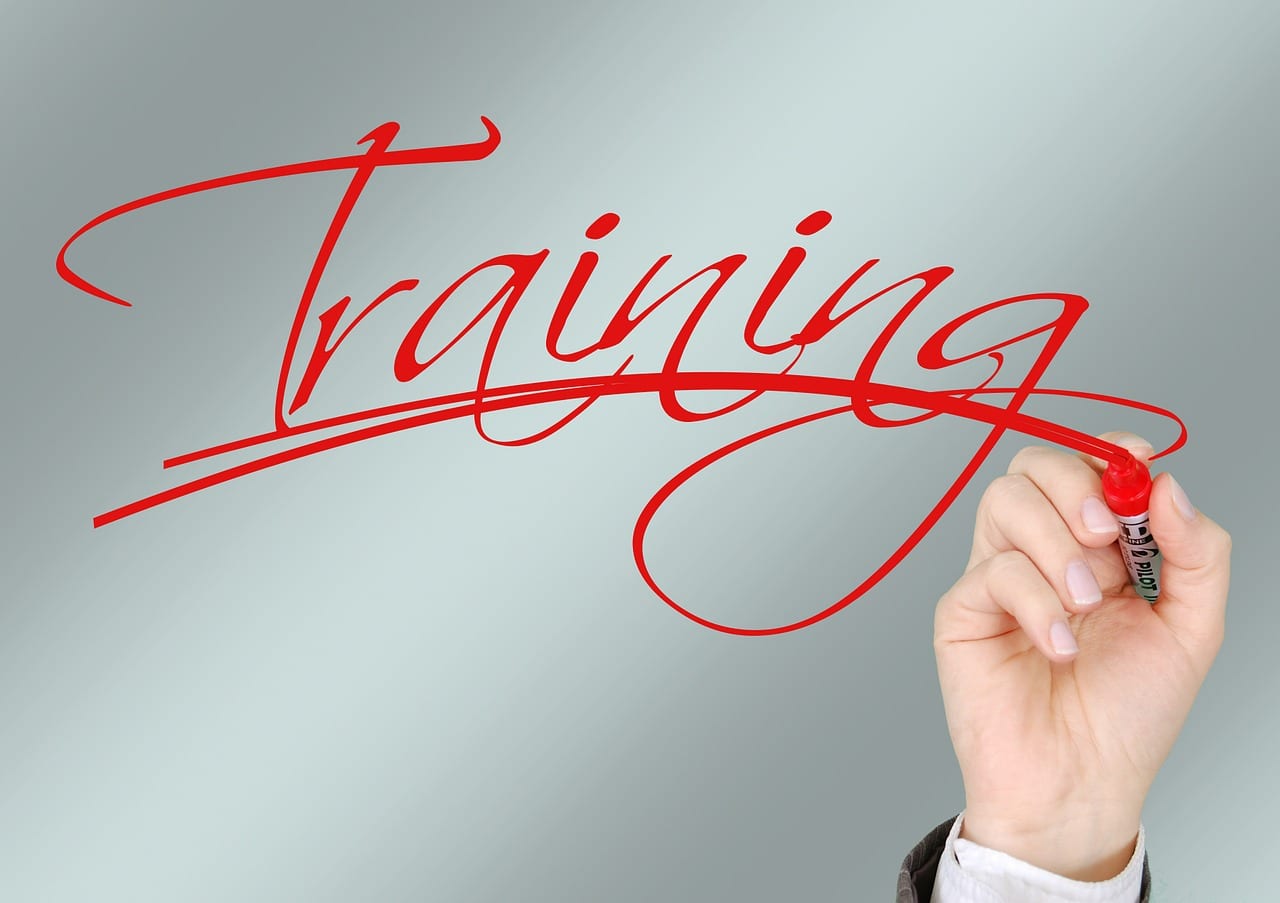5 Employee Training Tips for Smoother Operations

In order to make your new employees comfortable and get operations running smoothly, you need to train them well.
This article will give you five employee training tips so that your new employees will feel at home in no time.
1. Communicate Well
Good communication is at the heart of any relationship, and that includes employee-boss relations.
It’s important you communicate to your new employees what is expected of them.
Give them clear instructions on daily, weekly, and monthly tasks. If they’re not performing well, communicate early so they’re aware of the problem.
To enhance business communication, use a website like Slack where you and your employees can communicate professionally.
2. Start Small
Beginning a new job can be very overwhelming.
Your new employee is dealing with both the social and mental strains of starting at a new company.
Don’t feel like you have to teach them everything in one sitting. Microlearning and microtraining are great ways to give your employees the information they need in small doses.
This short training time ensures they can stay focused on the information all the way through the training and that nothing falls through the cracks.
3. Try Team Bonding
It’s important that your new employees feel like they can acclimate to your workplace.
They will feel happier at work if they can form bonds with others.
Take your staff out for a team bonding exercise. Try an escape room or another activity that causes everyone to put their heads together.
Bring in lunch for your new staff once a week so everyone can bond over sandwiches. It’s a nice gesture that will show your new employees that you care.
4. Make Welcome Folders
It’s true, we live in the digital age where almost everything is online.
Still, it can be nice for new employees to have learning materials to hold in their hands.
Make them a welcome packet with all the information they need to survive at your company. This packet can be something they take home and study at night so they’re up to speed on their role at the company.
5. Check-In
Be a good boss and check-in on your new employees regularly.
Your senior employees know what they’re doing and don’t need to be asked, but your new employees most likely have questions.
Sometimes they might be too afraid to ask a question out of fear of sounding stupid. Be sure to assure your new employees there are no stupid questions and ask them how they’re doing regularly.
Now You Have the Best Employee Training Tips
These employee training tips will take your new hires from novices to experts quickly.
Remember to include your new employees in team bonding activities, communicate well, and check-in on how they’re doing.
Want more information on how to succeed in the workplace? Check out our other articles for more tips on how to run an effective business.

